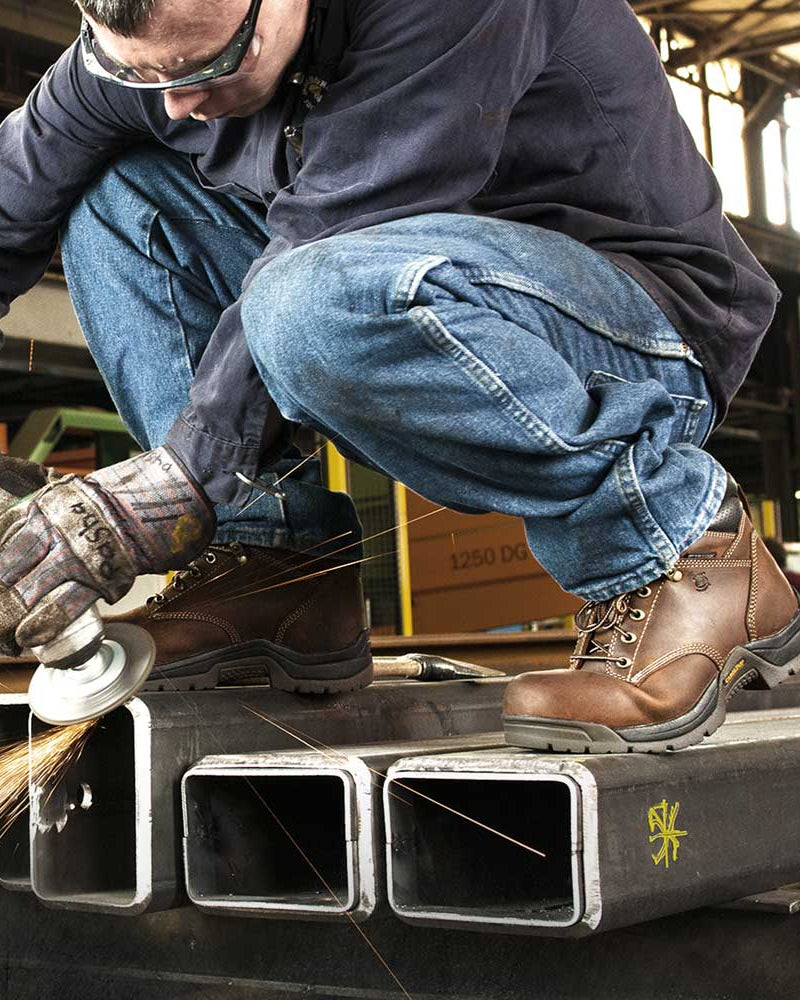
A very common question asked by women shopping for clogs & mules is, what is the difference between these two types of shoes?
In today's fashion, the words clog and mule are used interchangeably, however, there a few subtle differences between clogs and mules. What is a clog shoe? Clogs originated in Scandinavia and the Netherlands and are typically defined as backless wooden shoes with low heels and platform soles. Clogs were the most popular shoes worn by the working class because they protected the feet and they provided comfort and support better than any other shoes available at that time. What is a mule shoe? The mule style of shoes originated in France around the same time as clogs and was typically worn by the aristocracy. Mules were considered dressier shoes with open backs, high heels, and no platform bottoms. Mules were made in many different types of materials like leather, suede, and various fabrics, and sometimes they were decorated with buckles, beads, feathers, and colorful embroidery. The fancier appearance of the mule shoe was a favorite among aristocrats, but the style eventually lost it's appeal and popularity because it became a common shoe worn by prostitutes. With the passing of time, mules were able to lose their bad reputation and once again establish themselves as a shoe style loved and worn by many. Clogs & mules are both very popular shoe styles in today's women's fashion. Each of these styles has evolved over time, but the concept of the shoes has remained unchanged. When trying to distinguish clogs & mules, the best thing to look at is the design of the soles of the shoe and also the shoe's heel height--clogs have platform soles with lower heels and mules are a higher heeled shoe with no platform base. Clogs are much more popular than mules in today's professional world.
 Clog shoes are best known for their support and comfort, which is why they are in constant demand. Designers like Clarks, Dansko, b.o.c. and Alegria have created classic styles of clog shoes that have a simple and tasteful appearance and are available in many different colors. When looking for a basic women's professional clog, Dansko is one of the more popular brands to choose from. Dansko clogs for women are available as true slip-on style clogs, but they are also being made with low backs and straps which help to hold the shoes in place and ultimately make them easier and more comfortable to wear. Dansko clog style shoes are available in solid neutral colors like black and brown, but they also come in fun colors and cute patterns. The different colors, styles and patterns of the Dansko clogs are what make these shoes unique and add creativity to a professional style shoe. If you're shopping for a comfortable shoe to wear to work or wear around town, clogs are the perfect shoe style for you. If you want a dressier shoe with a little more fashion and style, try a pair of mules. Both clogs & mules are fun to wear and they are both great additions to any woman's wardrobe.
Clog shoes are best known for their support and comfort, which is why they are in constant demand. Designers like Clarks, Dansko, b.o.c. and Alegria have created classic styles of clog shoes that have a simple and tasteful appearance and are available in many different colors. When looking for a basic women's professional clog, Dansko is one of the more popular brands to choose from. Dansko clogs for women are available as true slip-on style clogs, but they are also being made with low backs and straps which help to hold the shoes in place and ultimately make them easier and more comfortable to wear. Dansko clog style shoes are available in solid neutral colors like black and brown, but they also come in fun colors and cute patterns. The different colors, styles and patterns of the Dansko clogs are what make these shoes unique and add creativity to a professional style shoe. If you're shopping for a comfortable shoe to wear to work or wear around town, clogs are the perfect shoe style for you. If you want a dressier shoe with a little more fashion and style, try a pair of mules. Both clogs & mules are fun to wear and they are both great additions to any woman's wardrobe.






